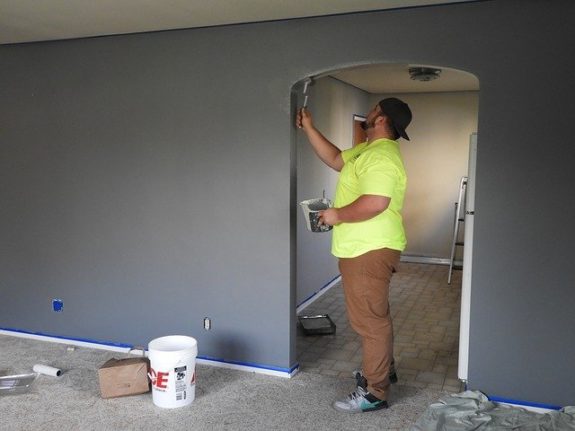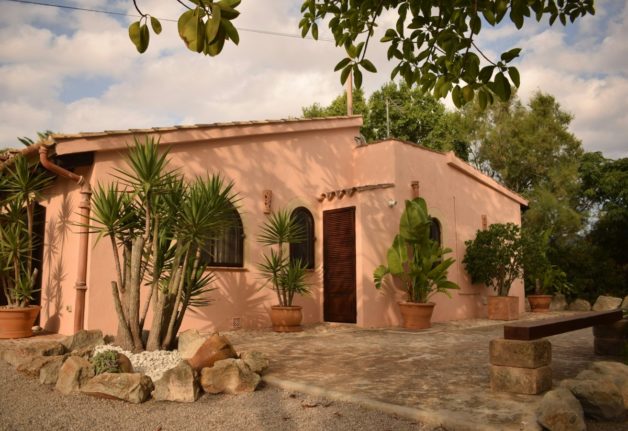Building and renovating a home in Spain is not so simple. If you want to make even basic changes to your property like installing a new kitchen or knocking down a wall, you will need permission.
Before you begin, you’ll need to factor in the basic requirements by law, get to know and understand the different types of permissions and the procedures that are involved.
When do I need to apply for planning permission?
As mentioned above, you’ll need to apply for planning permission for almost any changes you make to your property, even if you want to put in a new bathroom or make basic changes to the windows.
Licencia de Obra Menor
This type of license includes all minor works such as installing a new bathroom or kitchen, changing the floors or redoing the electrics. Basically, it includes most home maintenance projects, and anything that doesn’t require changing the structure or the layout of your property.
Here’s what you will need to submit to your town hall or ayuntamiento to secure permission for an Obra Menor:
- A completed application form
- Current photographs of the property
- A description of the works to be carried out and plans for the project
- A breakdown of costs and budget
- A health and safety study carried out by the builder you want to contract
Licencia de Obra Mayor
If you want to do anything more to your property, you’ll need a Major Works license. This covers everything from big extensions and installing swimming pools to simply knocking down a wall to create a bigger kitchen. If you change the layout or distribution of spaces in your home, for example put in a bathroom where a small office room used to be, you will also need this type of license.
It typically takes around two months for the permission of an obra mayor (major work) to come through. Works that may affect the architectural heritage of the building will take even longer.
Sometimes, different town councils differ on what exactly constitutes a Licencia de Obra Menor or a Licencia de Obra Mayor, so you may need to consult with them first to find out what you need.
Here’s what you will need to submit to your town hall or ayuntamiento to secure permission for an Obra Mayor:
- An official application form
- The payment form for all the taxes and admin fees
- A form which details your architect’s project and signed by the corresponding professional college
- The certificate issued by that body or college
- Forms from the Ministry of Public Works, which your architect has to complete
- The title deeds for the property

Architect’s plans. Image: ElasticComputeFarm / Pixabay
What’s the process?
If you live in an apartment or community block, you will first need to run your plans by the president of the building association who will let you know if what you want to do is possible.
Next, you will need to hire an architect. Even if you’re doing what may seem like a pretty straightforward project like putting in a bigger kitchen, you will need to submit a professional architect’s plans, along with your application.
For more basic DIY projects, such as changing the floors or repainting the outside of your house, you will not need architect’s plans.
If you have an architect, they will be able to help you submit the correct forms to the town council for you, as well as to any necessary architectural bodies.
Once you have the permission, you will be given a certain time frame to finish the work in, depending on how big the project is. When the works are complete, remember that if you changed the layout or structure of the property you’ll also need to change these details in your property deeds and may also need to get a new Cédula de Habitabilidad certificate to prove that the property is habitable.
What are the costs involved?
For the Licencia de Obra Menor, the costs are limited and sometimes don’t have a fee.
The Licencia de Obra Mayor on the other hand has a whole raft of fees and taxes. Besides the actual work, the architect’s fees and the fees for the professional college, the city council or town hall will charge you between 2-6 percent of the total building or renovation cost. The percentage will depend on the types of works you want to carry out and the region of Spain you live in.
What if I don’t apply for planning permission?
If you neglect to apply for planning permission, you could be fined, told to demolish the work or run into major difficulties when you come to sell your property.
Town or city councils may do random home checks or have been known send people round the streets to check the skips to see if any bricks or other home debris has been thrown out.
You may also face fines if the final outcome is different to the architect’s plans that were submitted when you sent in the application.
Be careful, under LOTUP (ley de ordenación del territorio, urbanismo y paisaje), you can be prosecuted and fined if you have carried out any building work without proper planning permission in the last 15 years.



 Please whitelist us to continue reading.
Please whitelist us to continue reading.
Member comments